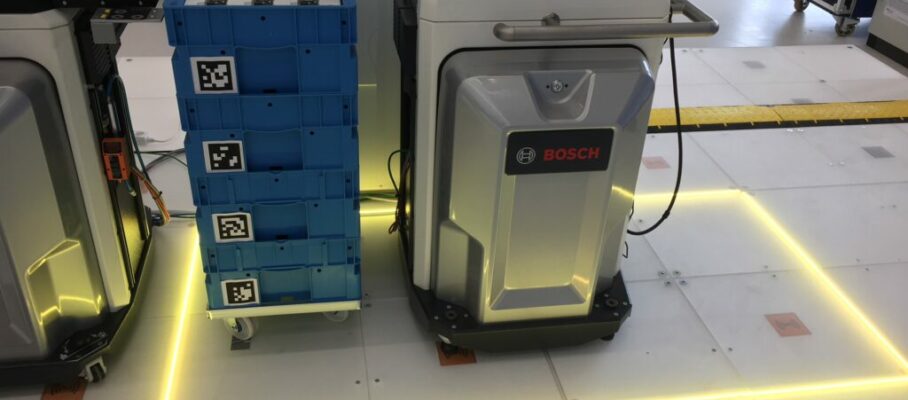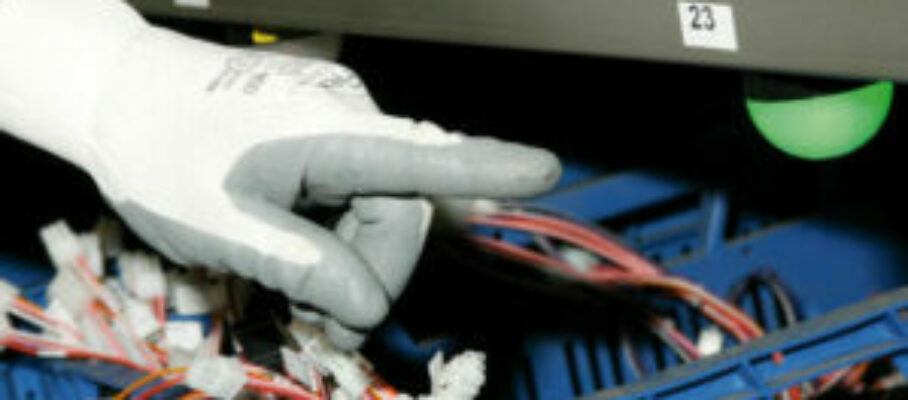Oct 29 2019
The Manga Style In The Japanese Literature On Manufacturing
A unique characteristic of the Japanese literature on manufacturing is its use of comic strips — or manga — to communicate with readers. The subject came up in a recent discussion on LinkedIn, that Mark DeLuzio started by saying:
“Toyota has been given credit for making the complex simple. Some say that this is the definition of genius. I think that the Lean consulting industry, in their attempt to help others follow Toyota’s footsteps, has in many cases done the opposite. We have made the simple very complex.”
My comment was that, while expressed in jargon, most of what goes as “Lean” in the US is simplistic. I contrast it with what I found in Japan, like the Kojo Kanri (工場管理, or “Factory Management”) monthly. It is full of case studies communicated in manga, on subjects ranging from the strategic to the tactical.






Nov 4 2019
Phase Two Charts and Their Probability Limits | Don Wheeler | Quality Digest
“The ability to react to process changes is more important than protecting yourself from occasional false alarms. […] So do not worry so much about straining out the gnats of false alarms that you end up swallowing the camels of undetected process changes.”
Sourced through Quality Digest
Michel Baudin‘s comments:
Of course, we should fact-check their claim. Rankings of engine quality are not readily googleable. The closest I could find is a ranking of engine reliability from 2014 in a UK blog called The Car Expert, based on data from Warranty Direct, a UK provider of extended warranties. According to them, Honda indeed made the most reliable engines:
According to Anna engineers, their machine tools can hold tolerance ten times tighter than necessary. The few quality problems they do have are due to operators picking the wrong parts in assembly. Control charts in the machine shop would produce nothing but false alarms. With the charts crying wolf, the alarms would lose credibility and nobody would react when a real one hit.
In this kind of situation, Wheeler’s statement can be reversed. The ability to protect yourself against false alarms that send your engineers on wild goose chases is more important than detecting changes that hardly ever happen. You do want to detect changes in the process but control charts are too crude a tool for this purpose.
#SPC, #ControlChart
Share this:
Like this:
By Michel Baudin • Press clippings 0 • Tags: Control Charts, SPC